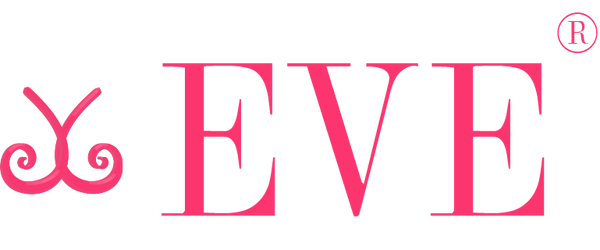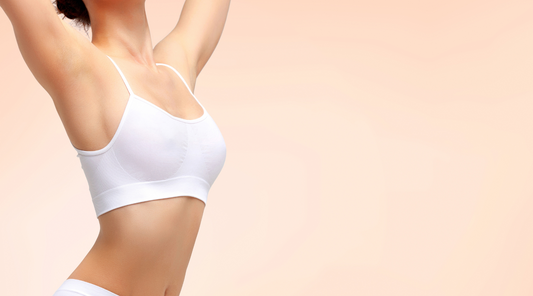How to clean your EVEBRA Device

Why Is Cleaning a Breast Pump so Important?
Every time you pump milk, your breast pump comes into contact with your milk’s bacteria and other pathogens. If your breast pump isn't cleaned on a regular basis, these tiny microorganisms can multiply and grow over time.
The more the bacteria grows, the more likely you and your baby will come into contact with it. This exposure increases the risk of infection and illness for both of you. An unclean breast pump can also contaminate your milk supply. If you pump and save your breast milk for later use, the bacteria can degrade its nutritional value and cause it to spoil. You’ll end up having to toss out the stored milk that you worked so hard to pump.
Not cleaning your breast pump can also shorten the life of the pump itself. Breast pumps are a godsend for moms everywhere, but they can also be expensive. This means you’ll want to keep yours in tip-top shape, especially when you depend on a breast pump to nourish your baby. By cleaning your breast pump, you prevent the buildup of milk residue. This allows each component to work properly and efficiently for the long term.
It’s important to note that you don’t actually clean the breast pump itself. Pumps come with several parts, such as flanges and bottles. These accessories are what you’ll clean after each use. Dapple® Baby Pump Cleaning Kit This bundled trio of Dapple Baby products is designed for cleaning your Willow 3.0 and Willow Go pumps, both on-the-go and at home. Dapple Baby products are specifically formulated to remove breast milk residue.
How Do You Wash Pump Flanges and Accessories? Washing your pump isn’t as simple as rinsing it in the kitchen sink. To keep yourself and your baby healthy, you should always follow the breast pump cleaning guidelines from the CDC: Before Pumping
Before picking up your breast pump for any reason, always wash your hands with soap and water so you don’t transfer any oils or germs to your pump.
Every time you pump milk, your breast pump comes into contact with your milk’s bacteria and other pathogens. If your breast pump isn't cleaned on a regular basis, these tiny microorganisms can multiply and grow over time.
The more the bacteria grows, the more likely you and your baby will come into contact with it. This exposure increases the risk of infection and illness for both of you. An unclean breast pump can also contaminate your milk supply. If you pump and save your breast milk for later use, the bacteria can degrade its nutritional value and cause it to spoil. You’ll end up having to toss out the stored milk that you worked so hard to pump.
Not cleaning your breast pump can also shorten the life of the pump itself. Breast pumps are a godsend for moms everywhere, but they can also be expensive. This means you’ll want to keep yours in tip-top shape, especially when you depend on a breast pump to nourish your baby. By cleaning your breast pump, you prevent the buildup of milk residue. This allows each component to work properly and efficiently for the long term.
It’s important to note that you don’t actually clean the breast pump itself. Pumps come with several parts, such as flanges and bottles. These accessories are what you’ll clean after each use. Dapple® Baby Pump Cleaning Kit This bundled trio of Dapple Baby products is designed for cleaning your Willow 3.0 and Willow Go pumps, both on-the-go and at home. Dapple Baby products are specifically formulated to remove breast milk residue.
How Do You Wash Pump Flanges and Accessories? Washing your pump isn’t as simple as rinsing it in the kitchen sink. To keep yourself and your baby healthy, you should always follow the breast pump cleaning guidelines from the CDC: Before Pumping
Before picking up your breast pump for any reason, always wash your hands with soap and water so you don’t transfer any oils or germs to your pump.



